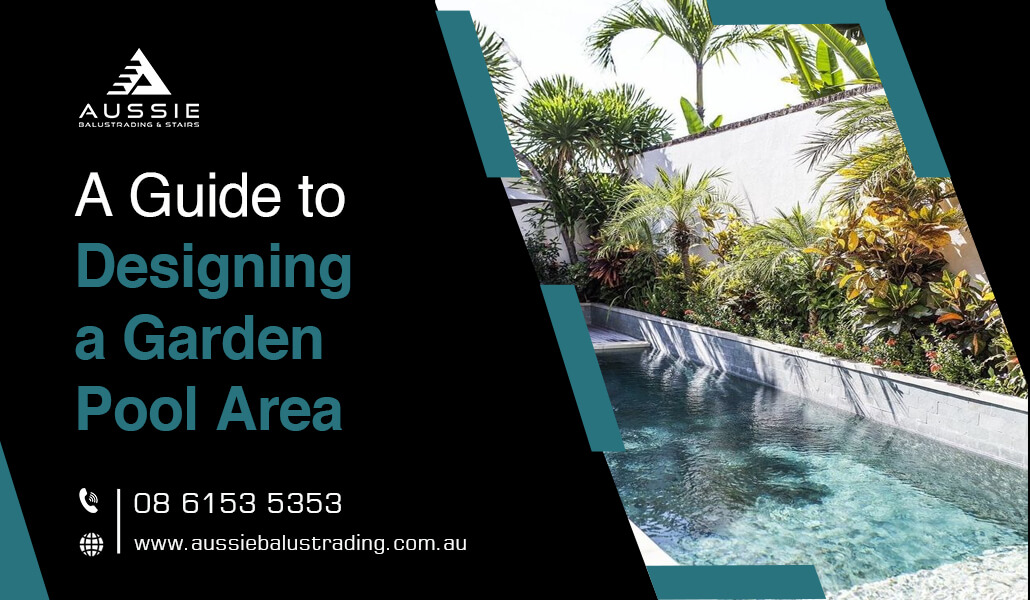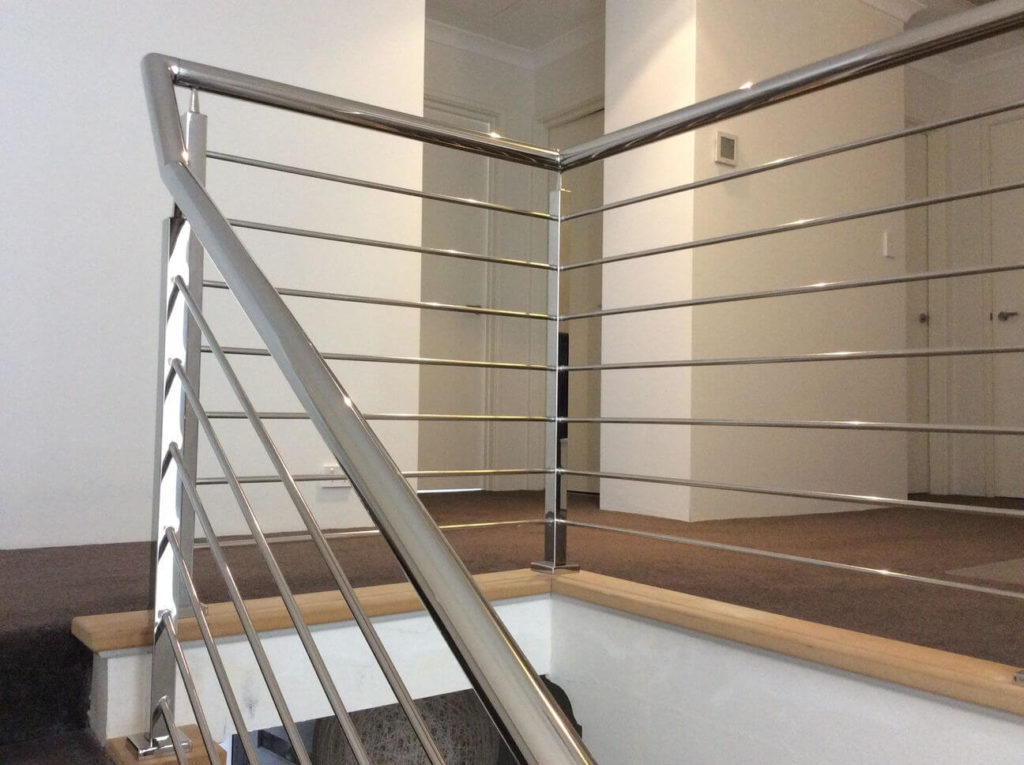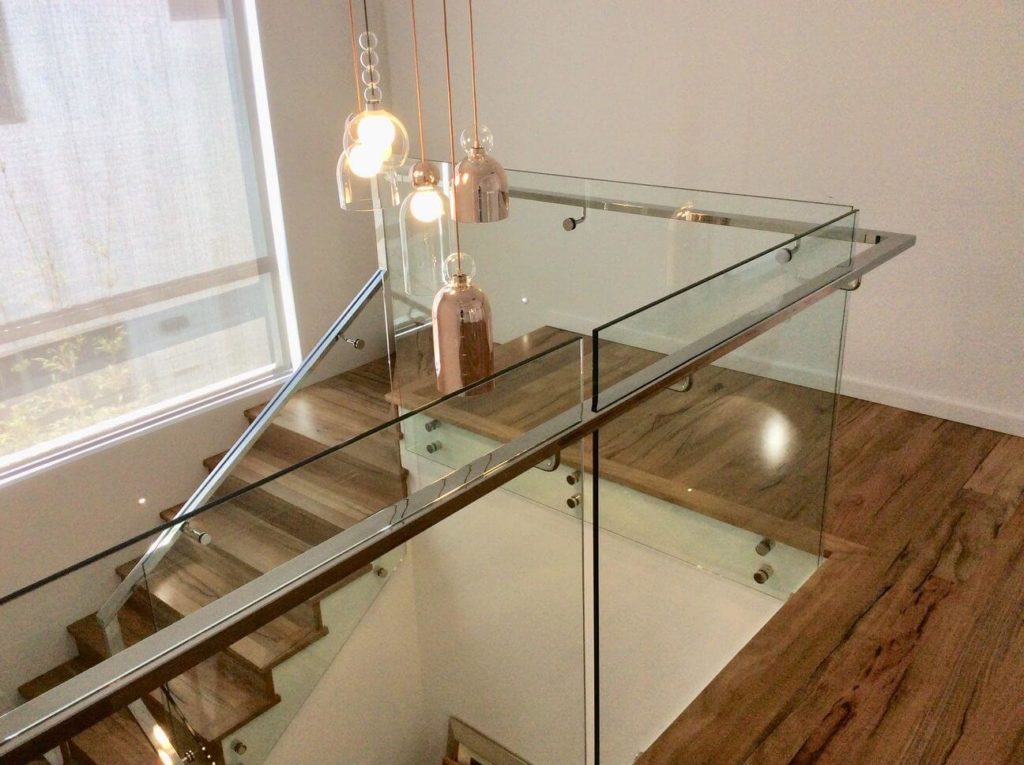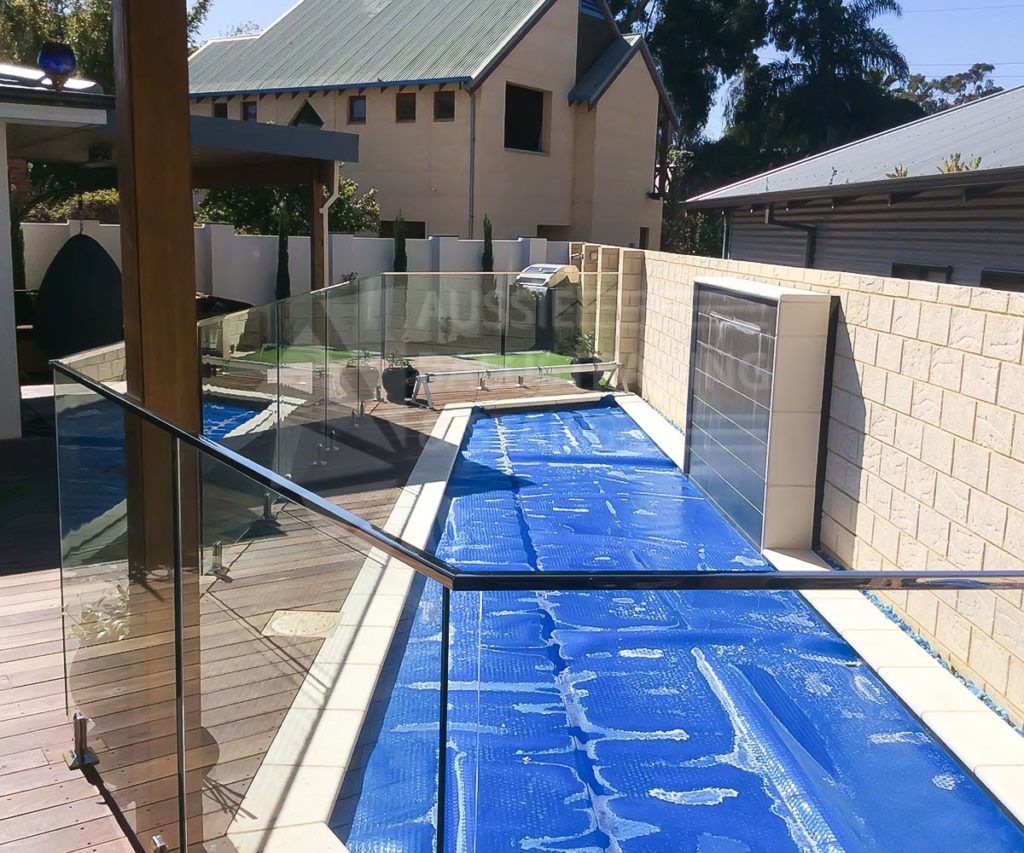A garden pool area can be a great addition to any home. It can provide a place to relax, entertain guests, or enjoy the outdoors. If you consider adding a garden pool area to your home, you should keep a few things in mind.
Consider Dimensions
When planning a pool area, you need to consider how much decking or hardscaping you will need to surround the pool. In other words, how many pieces of furniture will be in the room? Should there be a separate area for dining, or will the furniture be arranged in such a way that allows for both sitting and dining? How much space should be left open for movement around the room?
A wide border of pavement or stone around the pool will allow people to put out lounge chairs and walk around the pool without worrying about getting too close to the edge. A larger hardscaping area can prevent a lawn from being damaged by water containing chlorine or salt water.
Think Durability
When planning for a pool area, choosing materials that can withstand heavy foot traffic and furniture is important. The material should also be able to resist salt or chlorine.
If you want to use natural stone in your garden design, don’t worry about any potential problems. Natural stone usually makes for a good pool surround because it has a good appearance and little to no trouble. Travertine, limestone, and sandstone are all popular choices for flooring material because they have a natural non-slip surface. Their absorbing a small amount of water improves their non-slip characteristics.
All stones have different properties depending on their type and origin. Therefore, it’s always a good idea to buy from a reputable stone merchant who can tell you how a particular stone will behave and if it’s suitable for use near a pool.
Don’t Neglect Safety
The location of the pavers is important to consider because if they are in a place where people are likely to walk with wet feet, they may be slippery and create a potential hazard.
The sawn natural stone is the best paving type for a smooth, non-slip surface. Riven stone has ridges that can be stubbed with toes, so it is not as ideal. It is best to stick to mid-tones for paving, as dark paving can get very hot underfoot in the sun, and white or near-white paving can become dazzling in bright sunlight.
If you’re using pavers elsewhere in your yard, it’s best to use the same type of pavers but swap to a finish that will create a non-slip surface, such as bush-hammered or flamed. You should also look for sawn finishes and avoid smooth honed pavers.
Choose Hard Landscaping
One way to create a cohesive look in your yard is to use the same type of paving stones in your pool area as in other areas. This will create a sense of harmony.
You might choose to use a different paver for the pool area to make it stand out. Make sure the paver’s color works well with the other hardscaping and planting and matches the materials used for your home.
If you have a large area of pool landscaping, using a combination of finishes in the same material can help to reduce the overall impact. For example, you could use large slabs, steps, or pitchers cut from the same stone. This would create a sense of unity in material, but the different scales would add an appeal.
Conclusion
A garden pool area can be a great addition to any home. With a little bit of planning and design, you can create a space that is both functional and visually appealing. When choosing materials and furniture for your pool area, consider both form and function. And finally, don’t forget to add some personal touches to make the space your own.
Aussie Balustrading and Stairs sells steel and stainless steel stairs, wireless balustrading, glass pool fencing, residential handrails, and commercial handrails. Simply put, we are Perth’s balustrade and stairs experts. If you’re looking for balustrade suppliers in Perth, we’ve got you covered! Get in touch with us today and let us know how we can help!




